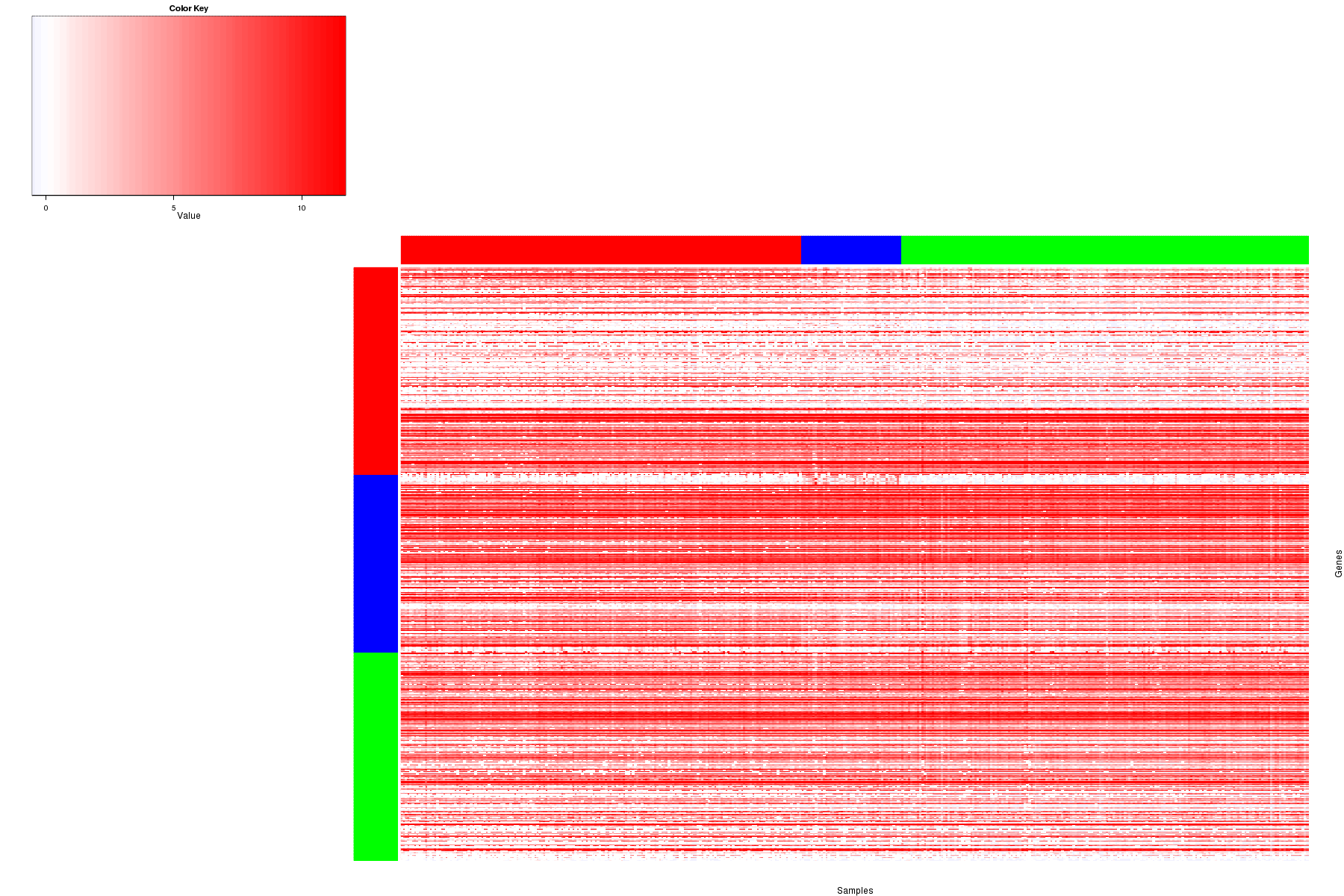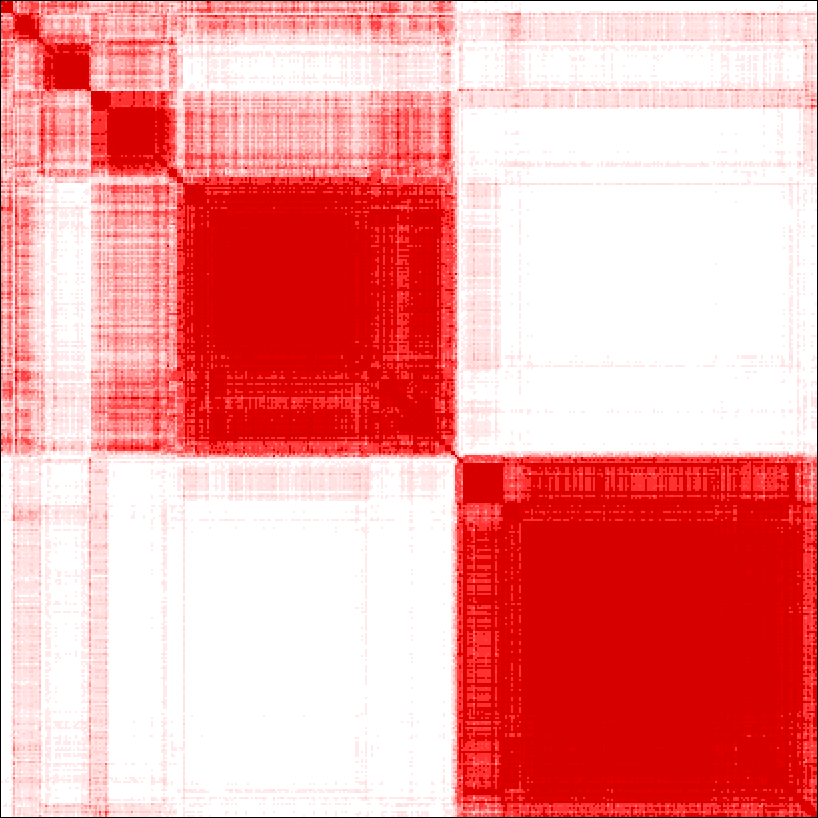Clustering of miRseq precursor expression: consensus hierarchical
Colon Adenocarcinoma (Primary solid tumor)
23 May 2013
|
analyses__2013_05_23
Maintainer Information
Citation Information
Maintained by Hailei Zhang
(Broad Institute)
Cite as
Broad Institute TCGA Genome Data Analysis Center
(2013):
Clustering of miRseq precursor expression: consensus hierarchical.
Broad Institute of MIT and Harvard.
doi:10.7908/C12N508Q
Overview
Introduction
Summary
We filtered the data to 150 most variable miRs. Consensus average linkage hierarchical clustering of 408 samples and 150 miRs identified 3 subtypes with the stability of the clustering increasing for k = 2 to k = 8 and the average silhouette width calculation for selecting the robust clusters.
Results
Silhouette width of each sample in robust cluster
miR expression patterns of molecular subtype
Consensus and correlation matrix
Samples assignment with silhouette width
Marker miRs of each subtype
Methods & Data
Copyright © 2013
Broad Institute TCGA GDAC as part of the TCGA Research Network.
All rights reserved.




